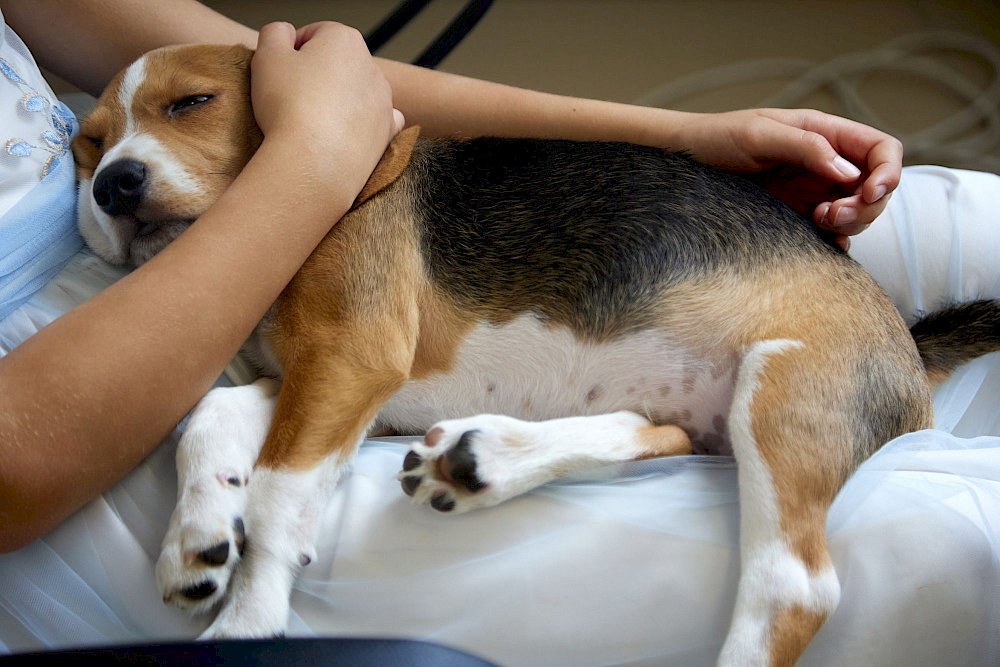Pet Cancer: When to Worry About Lumps and Bumps

A sudden growth on or just beneath a pet's skin can trigger a cascade of emotions for a concerned pet owner. While lumps and bumps can certainly be normal signs of aging, they could also indicate something more serious, like cancer. Schedule a wellness examination so your veterinarian can determine if these lumps and bumps are no cause for concern or a sign that pet cancer might be afoot.
WHAT IS THAT?
Some growths develop slowly, which makes them hard to see until they reach a certain size. Other times, a growth happens to take shape almost overnight. Either way, the appearance of a lump or bump is sure to create lots of questions about the cause/origin, how your pet is affected, and what the future holds.
Worry or Wait?
As soon as you notice a lump or bump, take note of it. Grab a couple of photos of the spot in question (a ruler or tape measurer can help document size). If you're looking at a growth that's larger than a pea and doesn't resolve after a month, please schedule an appointment for an exam. As we mentioned, lumps and bumps don't always point to pet cancer, but it's still important to stay ahead of any curve balls.
All the Details
When assessing a pet's lump or bump, we measure them and note its appearance and location. We use this information as a baseline for future exams. We also ask these common questions:
- Is the growth on the skin or beneath the surface?
- Does the mass move when pressure is applied?
- Is it hard, smooth, squishy, flat, or bumpy?
- Is it bleeding?
- Does the pet show sensitivity when attention is applied to the growth?
- Are there additional areas on the body affected by similar growths?
Depending on our findings, we may recommend another exam after a while to note any changes. Lipomas are the most common skin conditions in pets. They are benign, but present themselves as fatty tumors. Sometimes, they grow large enough to cause discomfort, necessitating surgical removal.
Pet Cancer
Over time, lipomas can become malignant. At this point, these liposarcomas can be diagnosed via fine needle aspiration of the tumor. Pet cancer can also be diagnosed by way of tissue biopsy, and radiographs can give more detail about origin and extent.
Mast cell tumors, squamous cell tumors, cutaneous hemangiosarcoma, and malignant melanoma have the potential to spread to other parts of a pet's body and aren't easily removed by surgery. For this reason alone, it is critical to have a pet's lump or bump checked out as soon as you notice it.
Other Explanations
It's important to note that aging pets can develop various types of other skin conditions, including:
- Warts
- Moles
- Skin tags
- Cysts
- Histiocytoma
- Sebaceous gland tumors
These are mostly harmless, but they can impact a pet's comfort after some time especially if they grow to the point of movement impairment.
If you have further concerns about your pet's skin, aging process, and overall health, please call us at (512) 892-3486. Our team at Brodie Animal Hospital is always here for you.

